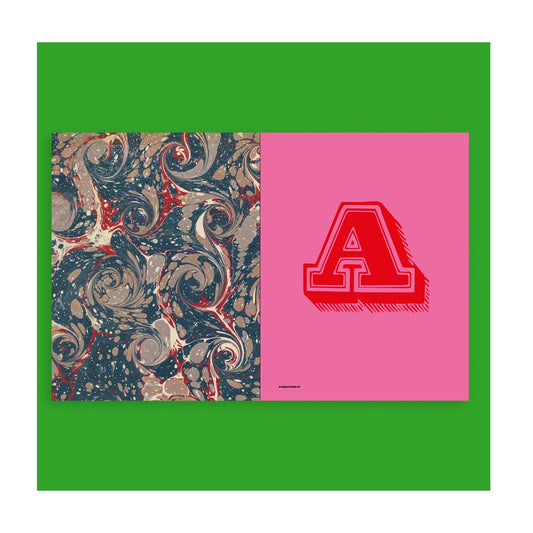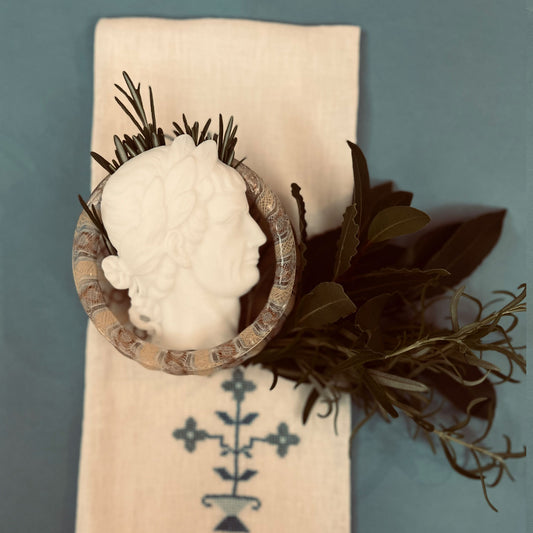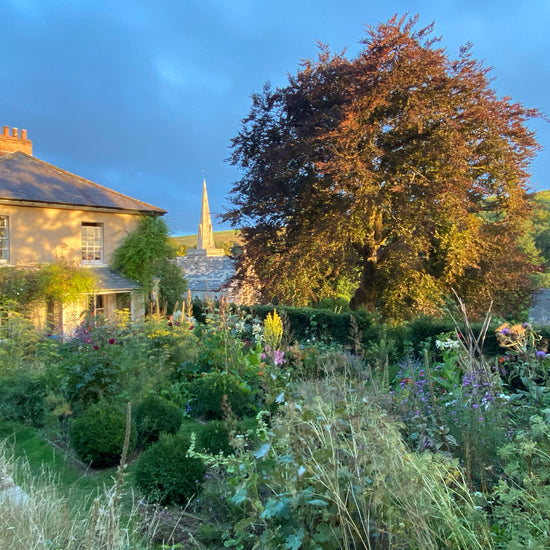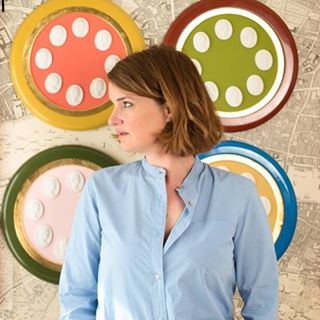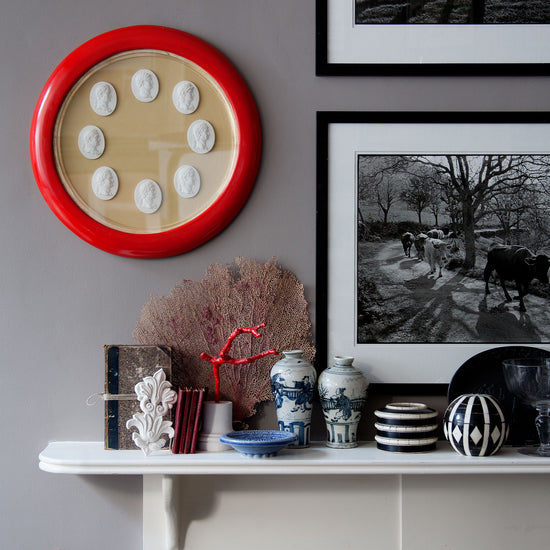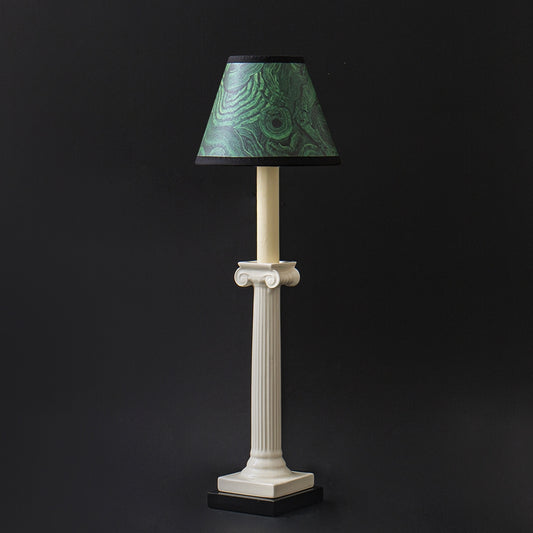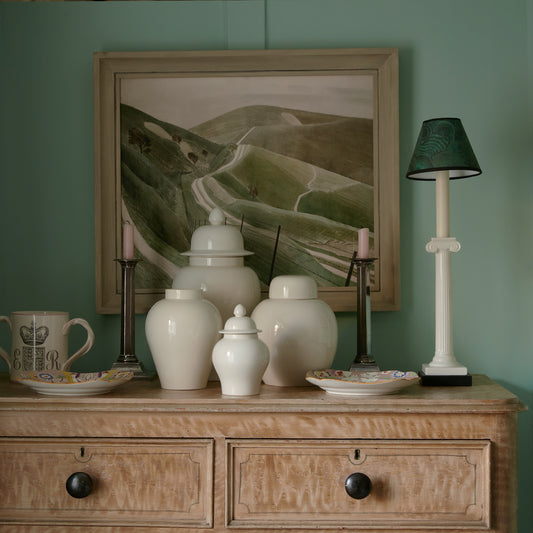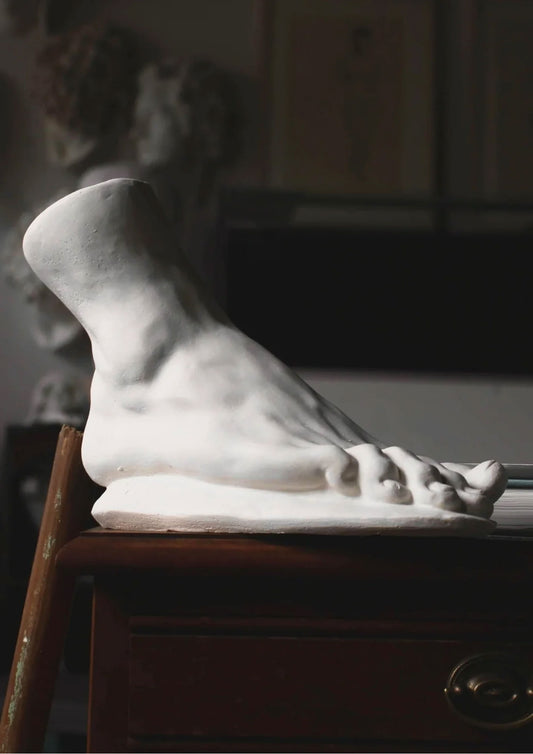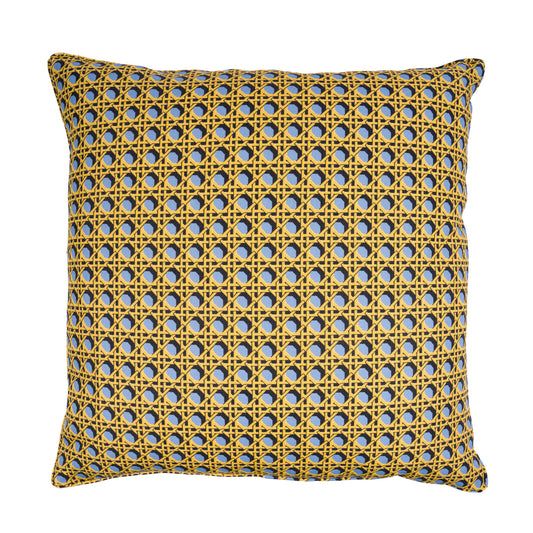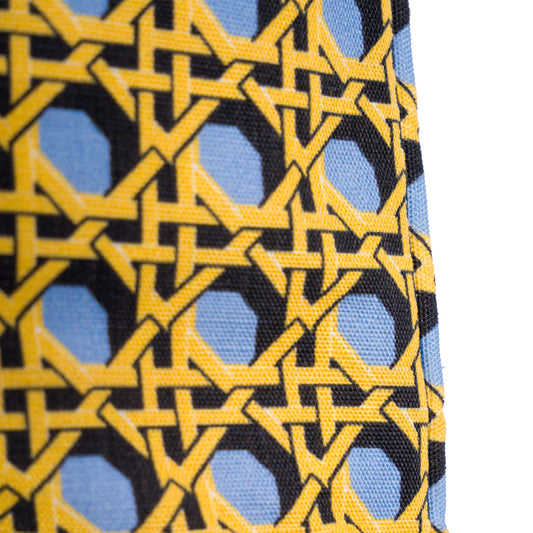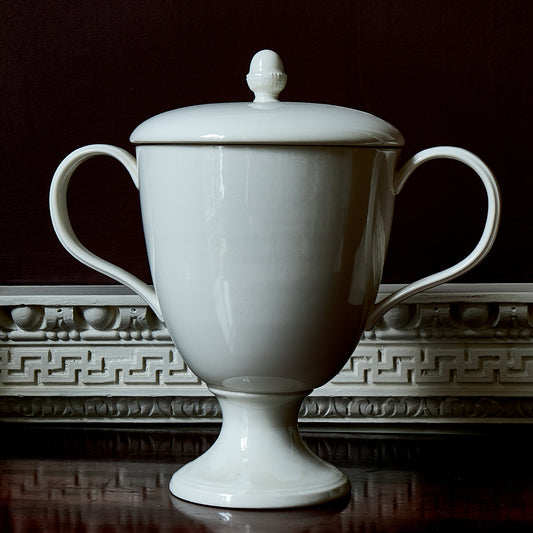A couple of weeks ago, I gave a speech to a packed audience of American architects and interior decorators who were over in London for the Design Leadership Network Summit – a fantastic series of events, welcoming the best of the American design world to our shores. The concluding dinner was at the beautifully restored Painted Hall, at Greenwich, and this was my talk – for those that are interested…
Sorry, it’s a long way to the end, with not very many pictures! But if you have the time, I hope you might want to read, or to comment.

Ladies and Gentlemen,
Several months ago, Becky Birdwell and Peter Sallick wrote to me to ask if I could think of anyone who might say a few words at the start of this dinner this evening, in these magnificent surroundings, when the Design Leadership Network came to London. Becky’s initial suggestion was that it would be ideal if I could arrange for the Prince of Wales to come and talk to you tonight. Now, sadly, I had to let her know that I wasn’t personally in charge of Prince Charles’s desk diary – I know she found this hard to believe – but I did say that I would try to think of some speakers for the event, and a couple of days later I came back with one or two excellent suggestions.
I regret now that for various reasons these did not work out, because a few weeks ago, on the phone with Becky and Peter, two things became apparent. The first was that they had indeed not been able to arrange a speaker for this evening, and the second, which became ever clearer as the conversation progressed, was that they were asking if I would do it. In fact, I began to wonder if this had been their plan all along? So, here I am, and may I start therefore, by apologising for the fact that when you go home in a few days’ time, you will not be able to tell everyone that you recently had dinner with the Prince of Wales in the Painted Hall at Greenwich, which would have sounded a great deal more impressive than what you have ended up with!
In standing here before you this evening, I find myself curiously following in the footsteps of my father. Dad was in the Royal Navy, and in 1982 he was appointed as the Director of Greenwich, then operating as the Royal Naval Staff College. Not long after he took up his appointment, my father had to host the so-called annual Tri-service dinner here, in this very room, in November, thirty-seven years ago, for 450 of the top military brass – Naval, Army, Air Force: the First and Second Sea Lords, Admirals, Generals, Air Marshalls, many senior government ministers and the Secretary of State for Defence… you can only imagine the undercurrents of politicking, rivalry and intrigue that were running through this great room that night. Not at all like this evening!
Now, it was a time – and perhaps nothing changes – of an extreme flurry of leaks of highly sensitive information from the Ministry of Defence. Dad’s speech pretended that he had found in a dustbin that morning a massive leaked document which he proceeded to read out to the entire assembled company. It contained a series of stories which gently and affectionately mocked every single senior officer in the room, starting at the very top, and in so doing he managed to navigate his way through all the rivalries in the room by causing a great deal of laughter and good humour, as well as subtly pricking the most ardent ambitions of the politicians at the top table… one of whom, it has to be said, held very ardent ambitions indeed. When my father died earlier this summer, we were going through his papers and found a letter from the then First Sea Lord, written to my grandfather, congratulating his son for so skilfully pulling everyone’s leg – although maybe it does partially explain quite why Dad didn’t make it all the way to the top!
So, we lived here, for three years, in one of the beautiful stone blocks, The Queen Anne Buildings, on the east side of the great Lawn just over there, overlooking the River Thames. In a strange twist of events, given the timing of your visit to London, my family and I have been back here incredibly recently – only on Friday last week, in fact, for a memorial service held for my dear Dad; attended by many Naval colleagues, friends and family, in the wonderful Chapel that is the mirror to this great building; its exterior by Wren, but its interior by James ‘Athenian’ Stuart, rebuilt some one hundred years later, after a devastating fire destroyed the original – part of that wonderful palimpsest which makes up this place. So you can see that there are bittersweet memories for me encapsulated here.
It was an extraordinary place to grow up, as you can imagine, and one which I can’t help but wonder might have influenced my later decisions to practise in the world of classical architecture! One of my strongest abiding memories is walking around the deserted quads one Christmas with my grandfather, Guy, who was himself a distinguished classical scholar, with him explaining to the eleven-year-old me the names and the origins of the ancient Classical orders of architecture – Doric, Ionic, Corinthian, that so perfectly enrich these courts and colonnades and the grand, yet somehow welcoming, and friendly, facades.
I am always struck by the fact that these buildings, as with so many hundreds of thousands like them, were built by men whom today we might call uneducated – people who couldn’t read, or write, or spell, save perhaps to mark their name. But they belonged to that living, breathing tradition of building, of stone carving, bricklaying, joinery, glazing, lead plumbing, or plastering which had no need of words and schedules, but which innately understood how to proportion, and how to detail, perfectly – and whose craftsmen managed, without any technology, to create some of the most transcendently beautiful examples of the artistry of humankind ever made.
As you know, this building is now three hundred years old, and now, thanks to the recent superb restoration, is probably in better shape today than at any time in its past. And one thing I am able to say with great confidence, with every belief, is that three hundred years from now this beautiful building will still be here, loved, cherished, cared for and protected – in just the same way as we today care for medieval buildings built in the early 15th century – many of which still find themselves in daily use as the institutions, schools, hospitals, homes, for which they were first built.
As few as ten or twelve generations separate us, tonight, from the first of the Naval Pensioners dining here in this great room, by candlelight, in the first years of the eighteenth century; and after all, we are only twenty generations from that tiny band of architects, artists, writers and philosophers who, fascinated and inspired by their studies of Antique civilisation, forged what we now call the Renaissance. In a room like this, and in company like this, we can dance delicately across the centuries, and for those who say time travel doesn’t exist, I’d say that here tonight we can touch it!
In standing here too, this evening, in such a profoundly beautiful building, I am struck as well by the power of buildings to contain and mould our historical and our national story. Here we sit, surrounded entirely by a complex visual narrative, woven by the incredible skill and mastery of the artist Sir James Thornhill over a nineteen-year period, elucidating a complicated history at that difficult moment as the United Kingdom emerged for the first time, exactly when he began painting, in 1707— the so-called Glorious Revolution of twenty years earlier depicted at the centre of the Hall, the ascendancy of the Hanoverian Georgians at the other.
It is a national story that is all the more powerful, to my mind, for being one that is still, of course, being told (even if, for some of us in the room, the record has got rather stuck in the last three years). In places like this, surrounded by history, we realise that we too are part of that great historical arc, that our judgements and decisions are the historical narrative of the future, one day to be seen in the rear-view mirror. And it feels to me sometimes that the narrative of our very own age, our very own moment in history, is as profound and as urgent as any other in the last three hundred years.
One of my abiding memories of living at Greenwich was the weekend trips that my Dad instigated – getting on our bikes and cycling out to the Isle of Dogs and the Docklands – then, in early 80s Britain – still completely derelict and deserted, the huge empty husks of what had just a few decades before been the magnificent Port of London – the storehouse of Britain, the powerhouse of the world. Now, the industrial warehouses (or at least the ones that remained) stood abandoned, their windows broken, home only to pigeons. No-one went there. They were unguarded; we could just cycle along the docks, and walk around these vast brick buildings, seen and stopped by no-one.
Today, that same landscape has become Canary Wharf, a financial centre of the world, hyper-scaled glass boxes that have sprung up as if from no-where. And I remember the first ever ‘docklands’ flats being built on the banks of the river, right opposite the Naval College. And, to me, these buildings pose to me a question. Will these flats, or those giant office buildings, still be here in three hundred, or in six hundred years’ time? I have to be honest – I’m as certain about the fact that they will not, as I am about the continuing survival of the great building we are in tonight.
And, so, both history and the future, pose us with a challenge. We are in the age of a new energy crisis: different from the early 70s, when the question was how to ensure endless and abundant supplies of cheap fossil fuel; today, we ask, how (or even if?) we can continue to consume energy on a vast scale, without risking climatic collapse. I happen to believe that solutions will lie in many unexpected places, and I happen to be optimistic (I know it’s very unfashionable to be optimistic these days) in the innate sense of innovation and skill, deep in the human condition, at navigating such waters.
But we are asking ourselves profound questions on an almost daily basis about the choices that, as designers, we are able to make and to influence. Of course, all of our buildings need to be built with energy efficiency in mind – who on earth in this room would not believe that? – but we all know that this alone is not enough; all too often, it becomes a single issue, a tail that wags the dog—an architecture of flimsy, bolted-on technology, intended to solve one problem but creating many others.
So, let us not forget tonight that slower and longer narrative, inspired by buildings like this one, which looks at genuine longevity as the equation which, to my mind, overcomes all others. We need to build, and to design, to last. We need to think about long-term robustness of materials… I am constantly struck by the ironies of the current campaign against plastic in the oceans, and yet by the vast amount of plastic that we shove into our buildings, knowing that all too often they will be demolished in a matter of decades. Whatever you may think about the design of 122 Leadenhall Street, in the City, more commonly known to Londoners as the “Cheesegrater”… when you learn that the designed-lifespan of this £350m structure is reputedly just 80 years… then, I think we are suffering an endemic problem. It is not just the buildings that become hyper-scaled, but a monumental sense of waste entombed in such short-termism.
In 1606, Sir Henry Wooton so famously wrote, in his translation of Vitruvius: “Well-building hath three conditions: Commoditie, Firmeness and Delight”. Well we all, I think, now know that Commoditie and Firmeness alone do not equal delight – we understand that that wonderful, elusive sense of Beauty, which I think is such a vital part of creating buildings and places which are meaningful, which people love, and which they wish to nurture, does not arise purely through efficient planning combined with well-engineered structures.
And incidentally, I think it is important to say that I am not, here, necessarily talking about style. We can all think of many sublimely beautiful expressions of modernity, of contemporary architecture, that fulfil that ancient dictum.
But to the eternal triumvirate of what constitutes ‘Well-building’, I would tonight ask, may we add a fourth? Time. Time is the magical ingredient that gives cities, buildings, places, interiors, and indeed the lives of people meaning. It is what distinguishes our moment in history, distinct from all others. It is what defines epochs, and stitches together the threads, the weft and warp of our human narrative.
And, too often, it is the forgotten ingredient today in building and design: we make places, furniture, objects out of synthetic materials, that are not able to decay, or to weather beautifully, and which cannot simply be repaired; we make buildings that shout loudly for a moment (until another which screams even more loudly comes along), but which fail to speak quietly, beautifully, to the future generations; we make buildings which pass from being fashionable to being loathed within years. We make buildings that claim to be energy-efficient, yet which consume vast amounts of energy in construction, repair and, all too often, of course, in their demolition… Buildings which are photographed and lauded on the day the contractors leave, but which begin to look shabby and broken, five, ten, fifty years later.
One of the things that I love most of all about building in this great city, in a London stock brick, is that we are handling an element that has remained unchanged for thousands of years – which would be as recognisable to an early Roman bricklayer as it is today – made of the exactly same clay, to the same dimensions, relating entirely to the physical size of the human hand that is laying it in a wall, today as two thousand years ago.
This, Ladies and Gentlemen, to my mind, gets us close to the point of true durability, and true sustainability, and I can think of no more beautiful place in the whole of London to share these thoughts on the great arc of history, and to reflect momentarily on the responsibilities of our own moment within it.
Thank you, very much.






